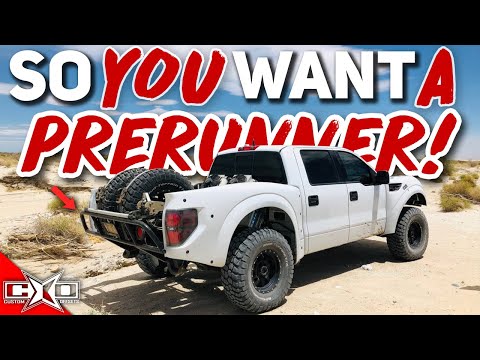So you think you want a prerunner? Exploring the Fascination
The Allure of Pre-Runners: An Enthusiast’s Perspective
For those with a passion for off-road vehicles, the concept of a pre-runner offers an appealing blend of rugged functionality and stylish design. If you are like many off-road enthusiasts, you might have fond childhood memories of playing with toy trucks and tractors in the dirt. Perhaps you were drawn to the square body Chevy pickups with oversized mud tires and lift kits. As time has passed, the toys have grown larger and more expensive, but the fascination with lifted trucks remains. Among these, pre-runners stand out as a uniquely captivating build, offering a combination of long-travel suspension, big tires, and small wheels that make them perfect for off-road adventures.
Understanding the Pre-Runner Phenomenon
Origins and Purpose
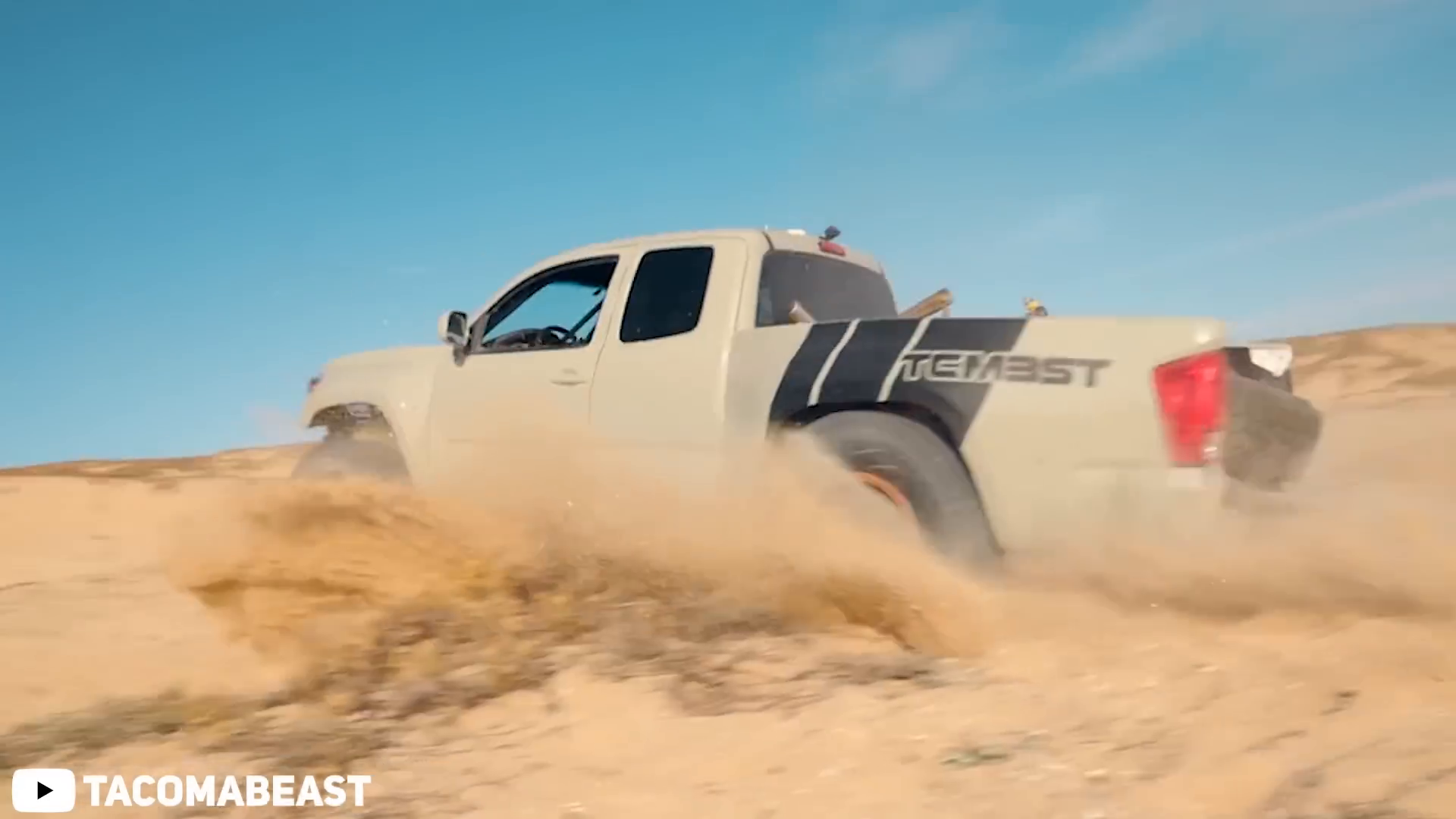
The term “pre-runner” originates from the off-road racing scene, where these vehicles are used to “pre-run” race courses before the main event. Essentially, pre-runners are secondary vehicles that allow race teams to familiarize themselves with the terrain without risking their primary race trucks. These vehicles are designed to handle similarly to race trucks, enabling teams to assess the course’s challenges while preserving their most valuable assets. This practice gained popularity in desert racing, particularly in Southern California, where the pre-runner style transitioned from a racing necessity to a street-legal phenomenon.
What Makes Pre-Runners Unique?
Pre-runners boast distinct characteristics that set them apart from other off-road vehicles. Functionality is key; these machines are engineered to tackle rough terrains and deliver smooth rides even at high speeds. They typically feature long-travel suspension systems, which provide the necessary travel to absorb bumps and jumps. Additionally, pre-runners often have a widened track width and are equipped with large all-terrain or mud-terrain tires mounted on smaller wheels. This setup not only enhances performance but also contributes to their unmistakably rugged appearance.
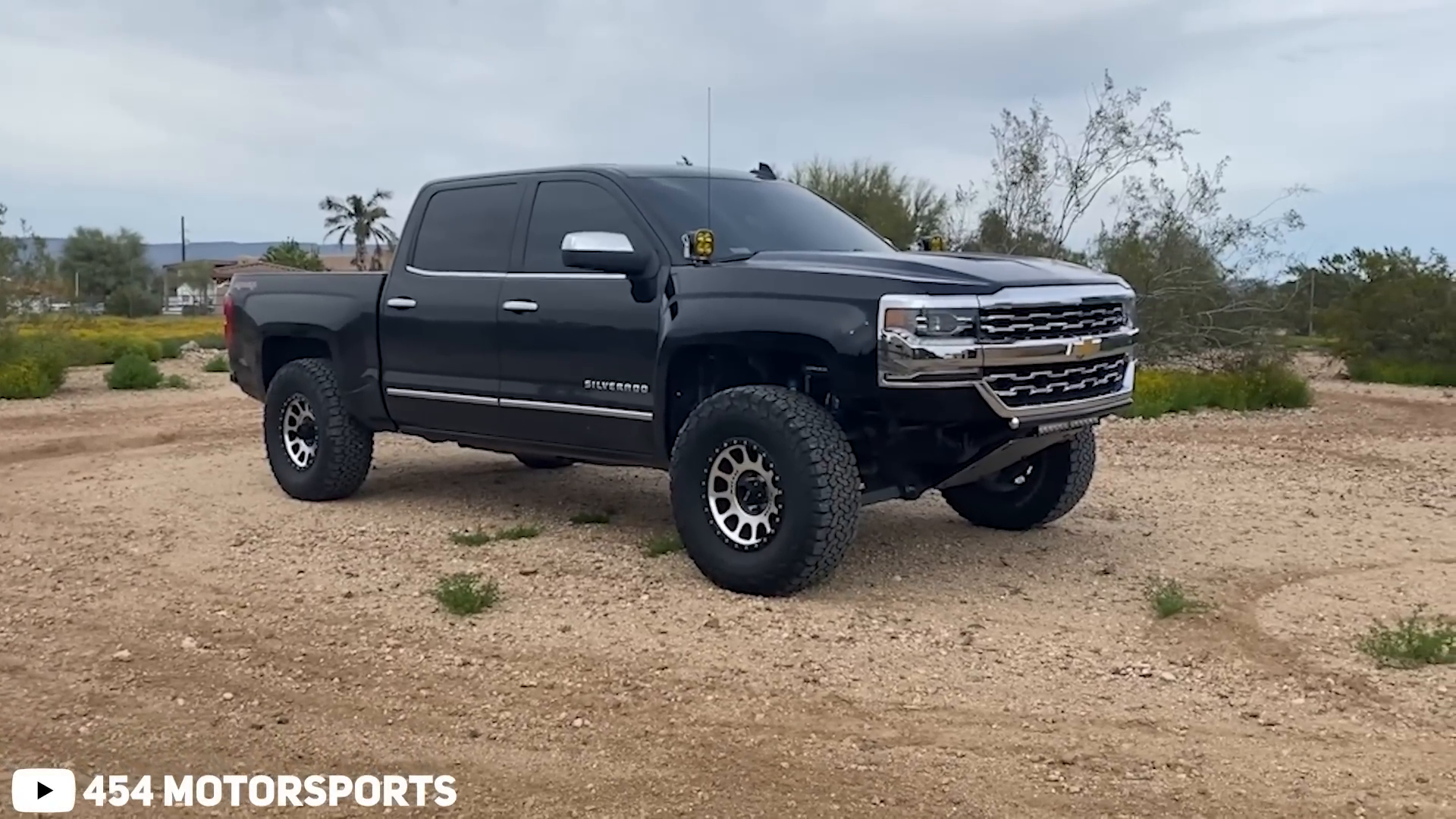
Building a Pre-Runner: The Essentials
Choosing the Right Base
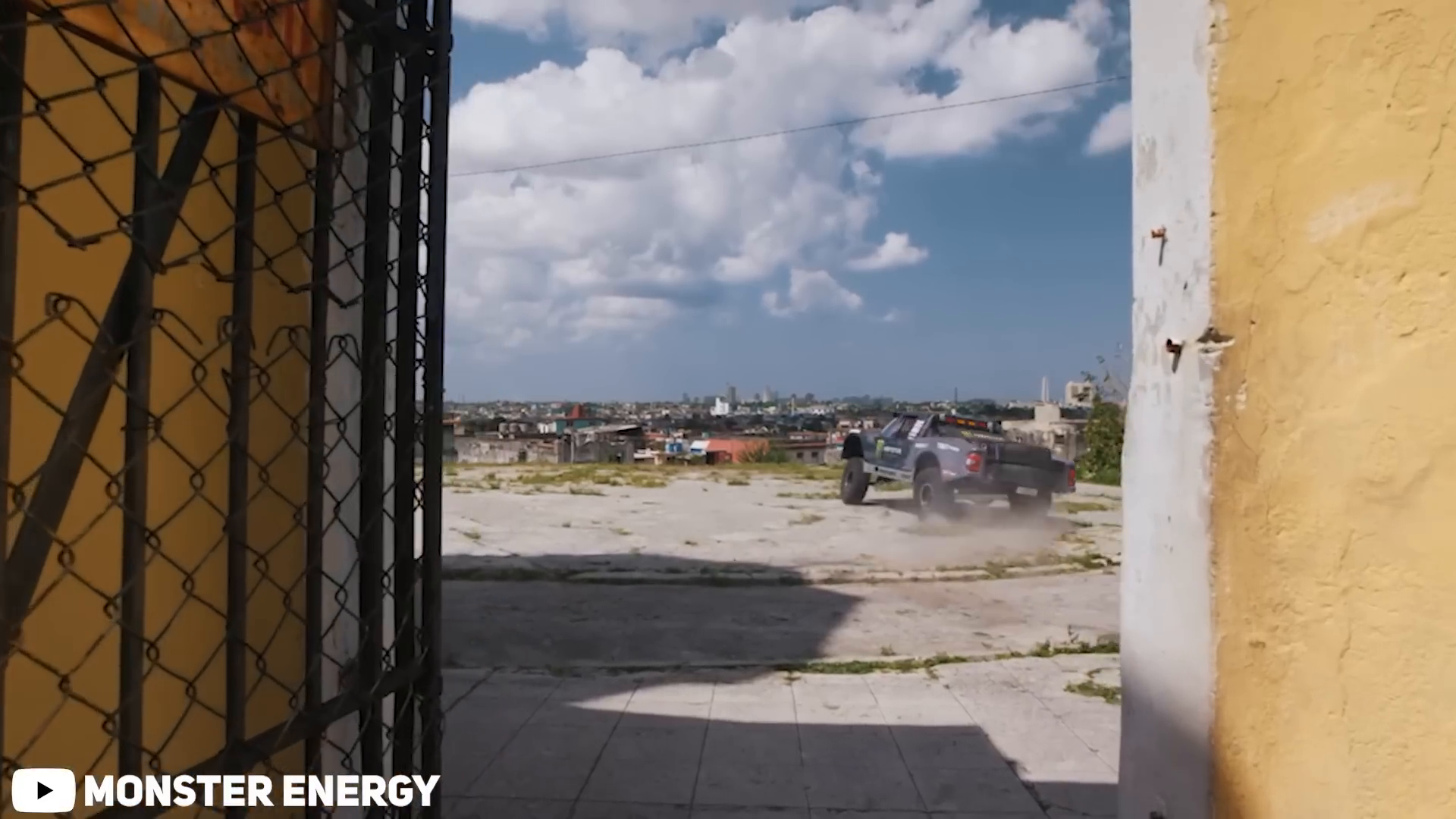
For those interested in building a pre-runner, selecting the base vehicle is crucial. Among the most popular choices are the Ford Ranger and the Toyota Tacoma. These trucks have a rich history in the sportsman racing classes and are known for their affordability and versatility when it comes to modifications. In recent years, full-sized trucks like the Ford F-150, Chevy 1500, and the Ford Raptor have also gained popularity as pre-runner platforms. Each of these options offers distinct advantages, making the choice largely dependent on individual preferences and budget considerations.
Suspension and Performance Upgrades
At the heart of any pre-runner build is the suspension system. Long-travel suspension kits are a must for those serious about off-roading. These kits differ from standard lift kits by offering extended travel capabilities, essential for handling high-speed off-road conditions. They typically include longer upper and lower control arms, coilovers with remote reservoirs, and other components designed to withstand the rigors of off-road driving. While these kits can be costly, their performance benefits make them a worthwhile investment for enthusiasts seeking the ultimate off-road experience.
Additional Modifications and Accessories
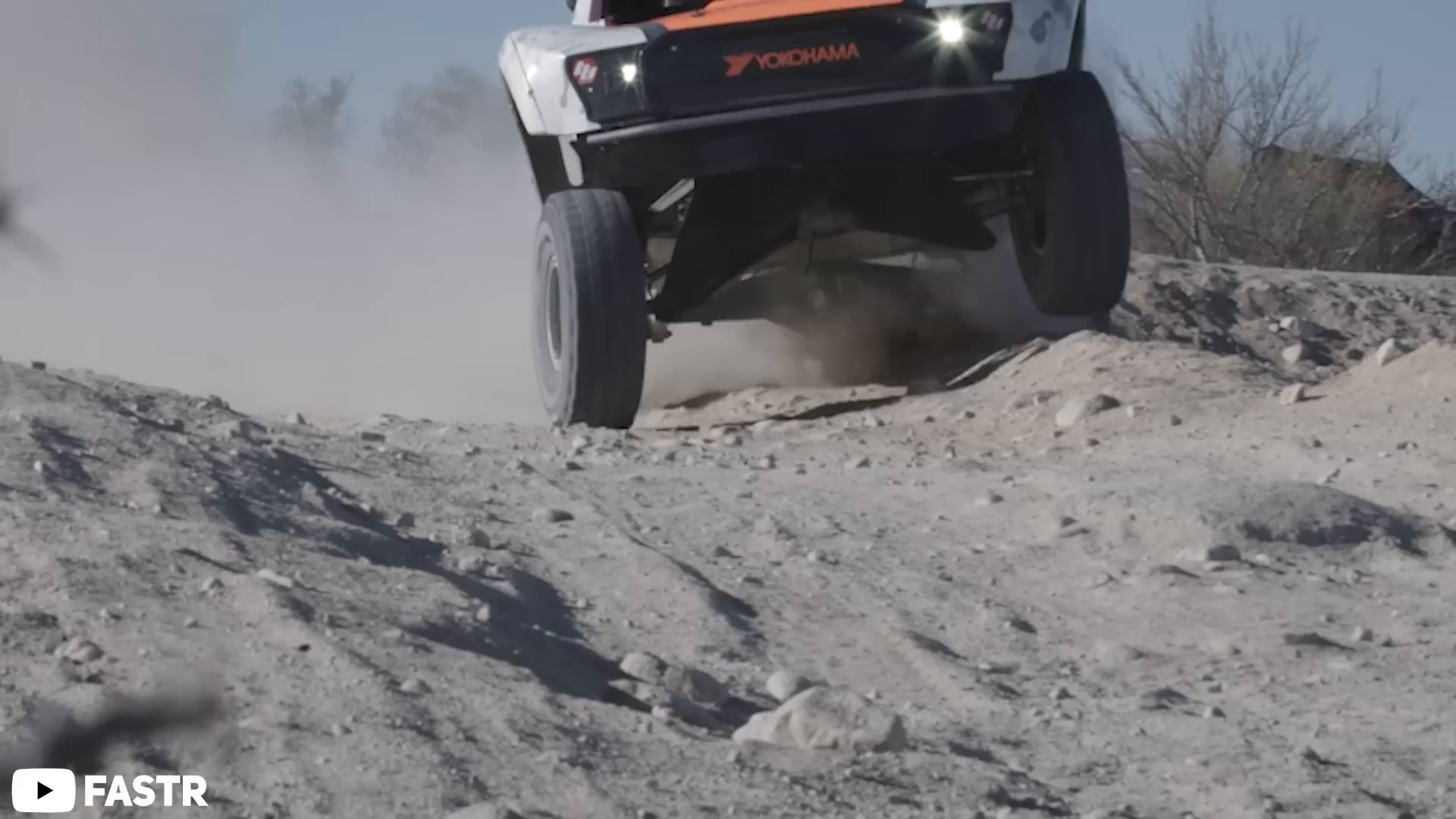
Beyond suspension, pre-runners often feature a range of other modifications to enhance both form and function. Aggressive bumpers, designed to improve approach and departure angles, are common, as are a variety of lighting solutions to ensure visibility during nighttime adventures. Wheels and tires are another area where pre-runner builders can make their mark, often opting for wheels that are nine to ten inches wide and no larger than 20 inches in diameter, wrapped in 35-inch or larger tires.
The Appeal of the Pre-Runner Lifestyle
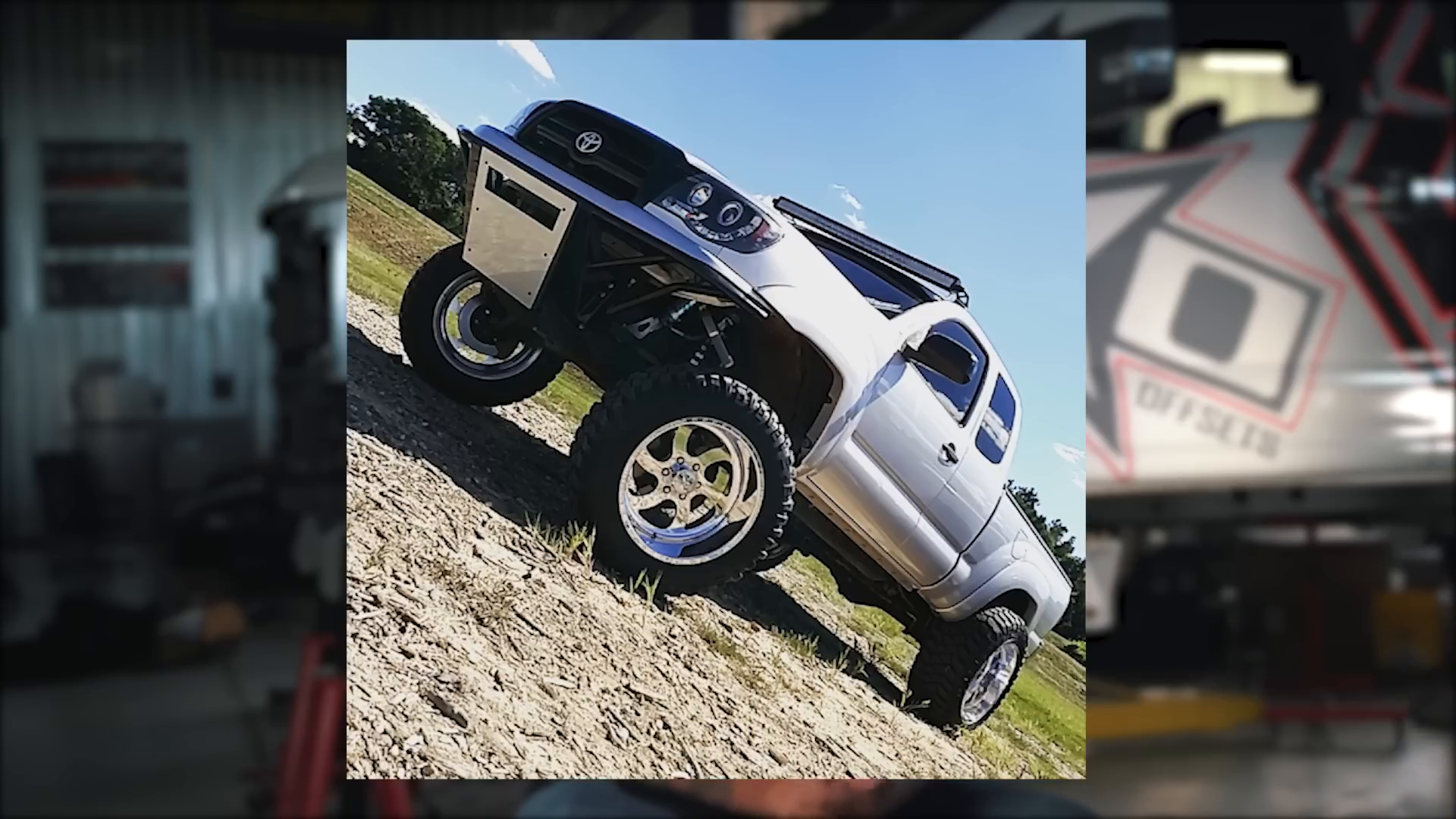
For many, building and owning a pre-runner is about more than just the vehicle itself—it’s about the lifestyle. Pre-runner enthusiasts are known for their love of adventure, often spending weekends racing through the desert, jumping sand dunes, and enjoying outdoor gatherings with fellow off-roaders. The culture surrounding pre-runners is vibrant and welcoming, making it an attractive community for those who love the thrill of off-roading.
Is a Pre-Runner Right for You?
Deciding whether to invest in a pre-runner depends on personal tastes and lifestyle preferences. For those who relish the idea of exploring rugged terrains and participating in off-road events, a pre-runner offers an exciting opportunity to embrace an adventurous lifestyle. However, even for those who prefer a more urban setting, the unique style and engineering of pre-runners can provide an appealing blend of performance and aesthetics.
Ultimately, whether you choose to build a pre-runner or simply admire them from afar, there’s no denying the unique charm and capability these vehicles offer. They represent a fusion of practicality and excitement, offering a gateway to a world of outdoor exploration and camaraderie among fellow enthusiasts.
Categorized in: Prerunners, Trucks
